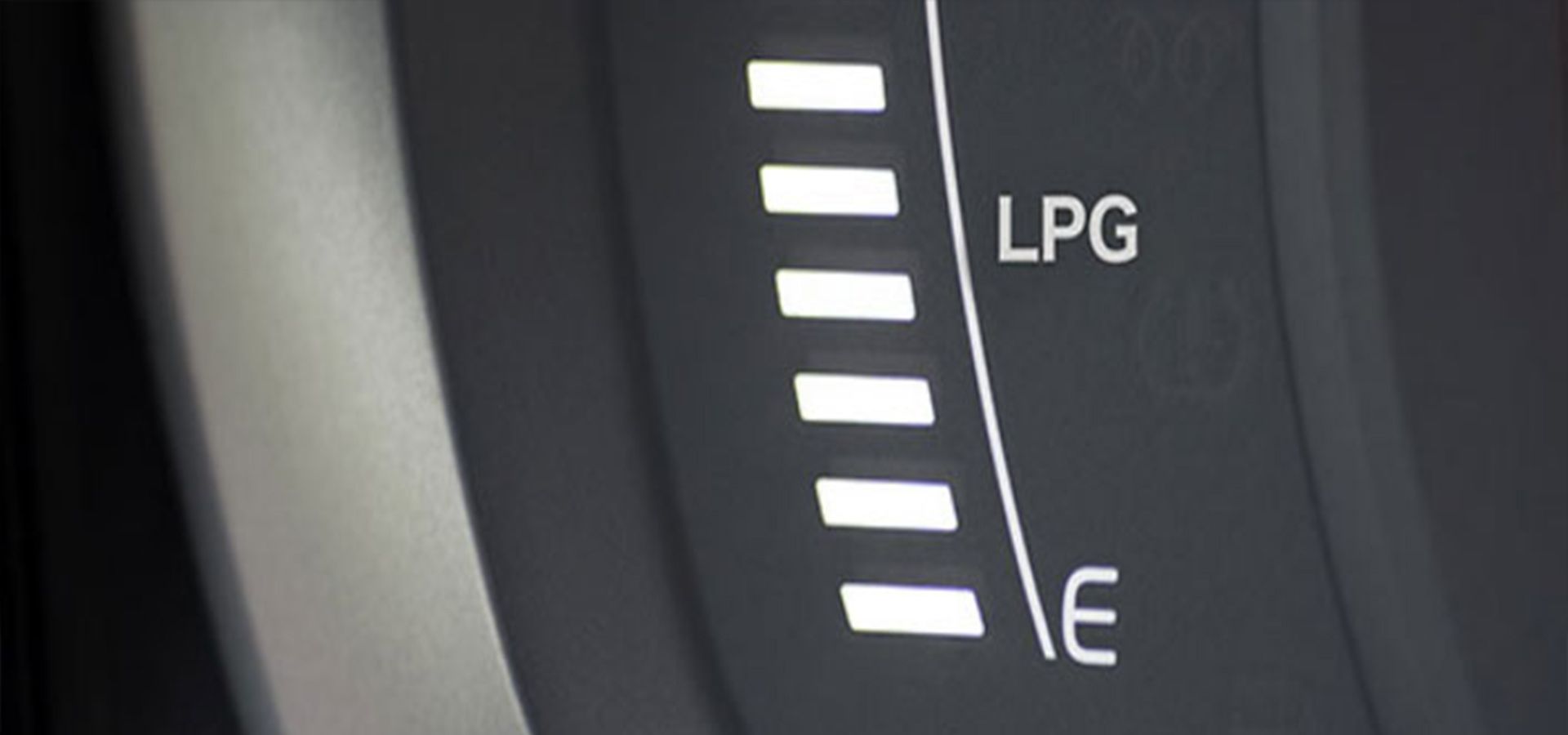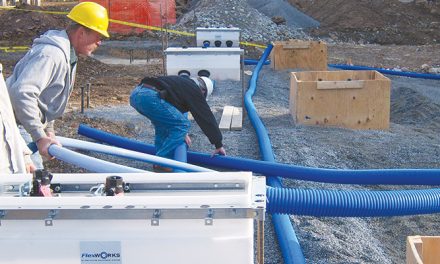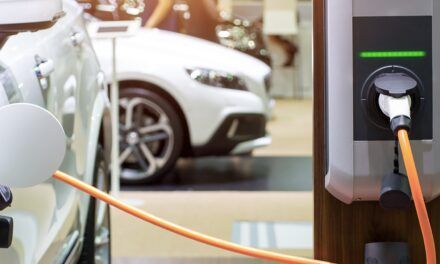
Grasping the concept of energy efficiency

Grasping the concept of energy efficiency
by Angela Altass
Most people understand the concept of energy efficiency, however, improving energy consumption can seem a somewhat daunting and challenging task. Where and how to begin and how much can be saved financially along with ensuring that you are being environmentally-conscious?
Dianna Miller, chief, Energy Star, Office of Energy Efficiency, suggests that teaming up with your local utility to do a walkthrough of your business with you is a good starting point.
“Almost every utility in Canada is an Energy Star partner,” she notes. “They know exactly what they’re talking about. They know where to find energy savings and it’s in everyone’s best interest – in theirs and yours as a business owner – to have your peak loads reduced. They are looking for energy savings as much as you are and if you are a willing partner, they are usually more than happy to jump in and give you tips on where to start.”
Energy Star is the international symbol of premium energy efficiency and it appears on products that meet strict energy efficiency technical specifications. The Energy Star initiative in Canada is administered by Natural Resources Canada’s Office of Energy Efficiency. The benefits of using energy-saving equipment include cost savings in the form of lower energy bills.
“With Energy Star equipment, you are looking, in general, at products that usually perform within the top 15 to 35 per cent of their class of energy efficiency,” says Miller. “Products that you typically find in a convenience store or small business environment, such as commercial freezers, vending machines and items like that, have a 50 per cent savings attached to them. Part of the reason for that is a lot of these products aren’t subject to energy efficiency regulations so the only way you can be sure you are getting an efficient product, because you aren’t necessarily protected by government regulations, is to get an Energy Star certified one.”
There is still much work to be done regarding getting the word out on the commercial side of things about savings associated with using Energy Star equipment, says Miller.
“One of the things I’ve noticed is in small business establishments, a lot of the products are leased or rented,” she says. “In that case, it doesn’t really cost anything to ask about Energy Star equipment availability. Just ask your provider or the company that is renting this equipment to you if they have anything in stock that is Energy Star certified.”
It may be necessary to educate your supplier about Energy Star certification, states Miller.
“Sometimes, you will find that they don’t even know what you are talking about,” she says. “We did a study a few years ago and found that, on the commercial side of things, people are only as aware as their suppliers are and suppliers can tend to get into a comfortable groove where they have a handful of products they know and those are the ones they are going to sell. People get comfortable working within their network.”
In some cases, Energy Star certification didn’t enter certain product categories until relatively recently, which is another reason why your supplier might not be aware of what is currently available, adds Miller, noting that the payback for some products is less than a year and for others it is usually in the three to five year range.
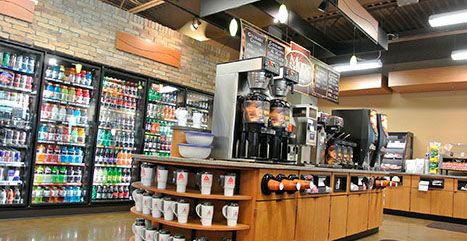
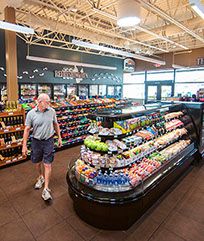
Energy Savings
“Your energy savings would pay for any incremental cost or any early retirement of existing product costs in three to five years,” says Miller. “The commercial cooking products came out around 2010 and I know that sounds like a long time ago, but in the life of a supplier business, it’s a recent entry. There are some suppliers out there who just don’t want to make the effort and time to get to know these products. I would say that in provinces where there are rebates and incentives for Energy Star certified commercial products, the awareness is a bit higher. In the Atlantic Region, there’s quite a few of them and in Manitoba there has been some for quite a while.”
One of the quickest ways to save on energy is to take a look at your lighting, notes Miller.
“I walk into small businesses every day and see they still have old-fashioned lighting,” she states. “That is a low hanging fruit. The return on investment is instantaneous. I see business owners roll their eyes about this but I cannot overstate how just switching out your lighting to new LED fixtures and lightbulbs can make such a difference. You can go to just about any supplier and get all shapes and sizes of Energy Star certified lightbulbs.”
Natural Resources Canada, www.nrcan.gc.ca, in connection with the United States Environmental Protection Agency, have an online searchable product listing for Energy Star products.
“There is Energy Star certified just about everything,” says Miller. “There are 75 product categories and quite often there are rebates for them.”
Hussmann Corporation is an example of one company that is increasing its presence with alternative refrigerants that are more energy efficient and have lower global warming potential (GWP). They also have energy efficient features in ECM motors, parallel refrigeration systems, LED lighting, night curtains, controls, and doors for reach-in coolers and walk-ins.
“This includes the vertical reach in self-contained cases (VRM, VRL) and the door merchandiser MD4060DA,” says Greg Plodzien, marketing communications and web specialist, Hussmann Corporation. “We will continue to invest in energy efficient products. We continue to see partners and retailers move to more energy efficient and better for the environment products. Several have increased their sustainability presence and are requiring improved energy conservation over the next few years.”
Anything that a retailer can do to improve energy efficiencies is a great idea, says Plodzien.
“There are rebates available that can help offset any additional costs,” he comments. “Be sure you understand an energy efficiency project’s payback. Rely on technology experts, verify savings estimates and ask your local hydro company if rebates might be available for the efficiency upgrades that you are considering.”
Heating, Cooling, Ventilation Systems
Once you have evaluated your equipment inventory and are reaping the investment returns of new energy efficient products, you can start to look at bigger things, like heating, cooling and ventilation systems, which tend to cost more to tweak, notes MIller.
“Currently, most convenience stores and small retail facilities employ heating and cooling technology that use single or multiple standalone roof top units (RTU), which provide hot and cold air to the interior of the facility depending on the season and demand for either cool or warm air to maintain a comfortable environment,” says Keith LaRose, director of Business Development, CopperTree Analytics Inc.
RTU units require relatively significant amounts of energy to function, says LaRose.
“One of the challenges is they are most often truly standalone in that they operate on a feedback loop from a thermostat in the facility, which calls for either heat or cooling based on the measured conditions inside,” says LaRose. “Unfortunately, if you are a convenience store operator with several hundred store locations, these standalone units offer no centralized control, monitoring or analytics capabilities to enable you to take proactive control, foresee and react to mechanical problems affecting the units, or ensure that they are operating in a method that is as energy efficient as possible.”
New technologies, which include cloud computing, cellular data modems and data and energy analytics solutions are changing the landscape for these systems by enabling them to be remotely monitored, controlled and analyzed, says LaRose.
“These capabilities lead to drastic reductions in energy consumption and the ability to respond to, and even predict, mechanical system failures,” states LaRose. “Data can be transformed into knowledge and retailers can leverage the capital investments they have already made and make them more efficient. Unfortunately, too often the data that is available from their facilities is being thrown aside as quickly as it is being generated because they do not have the systems in place to capture, collect and analyze the data.”
A good analytics solution will focus not only on energy but also on comfort, says LaRose.
“After all, the goal of a retailer is to sell products but that is near impossible if their facility is not appealing to their customers,” he remarks. “Imagine if a retailer could predict a HVAC system failure and have it repaired before it causes a disruption. That is not science fiction. It is possible today with the right technology and processes.”
As miller notes, “an informed consumer is a powerful one.” As a consumer of energy, it’s a good idea to become informed about ways to improve the energy efficiency of your business.






